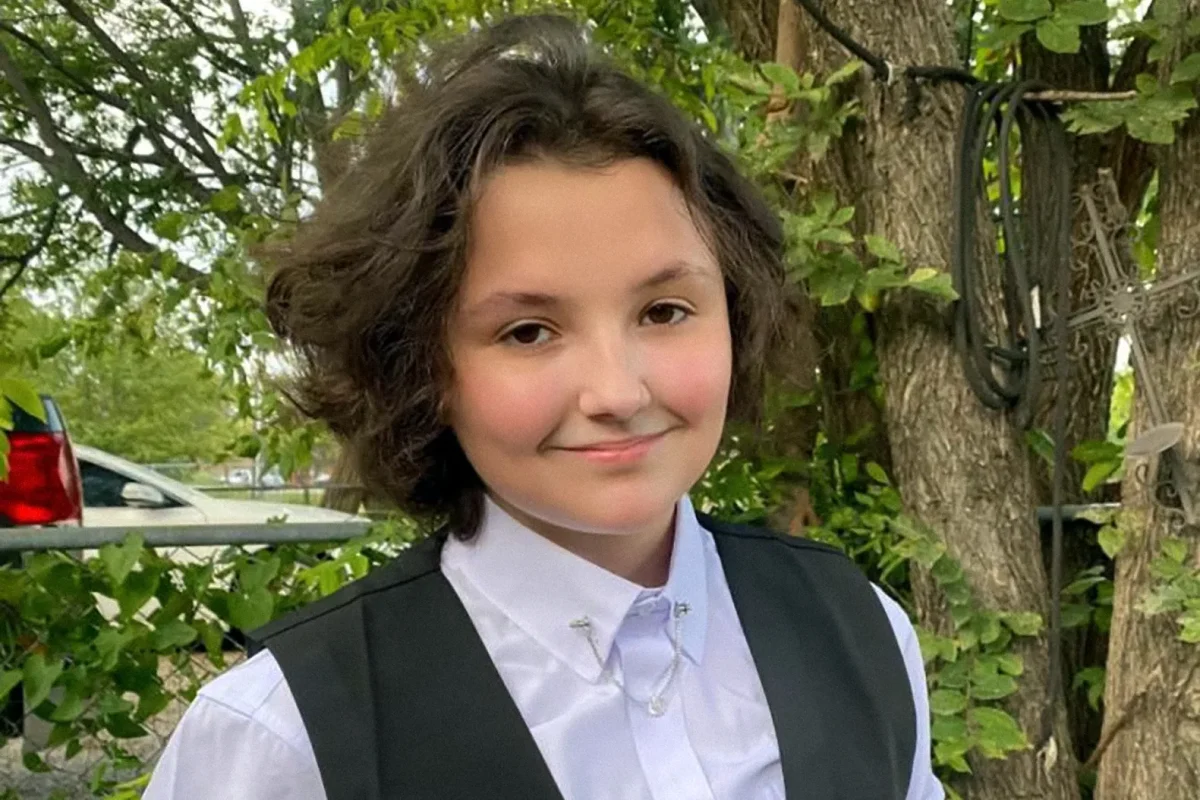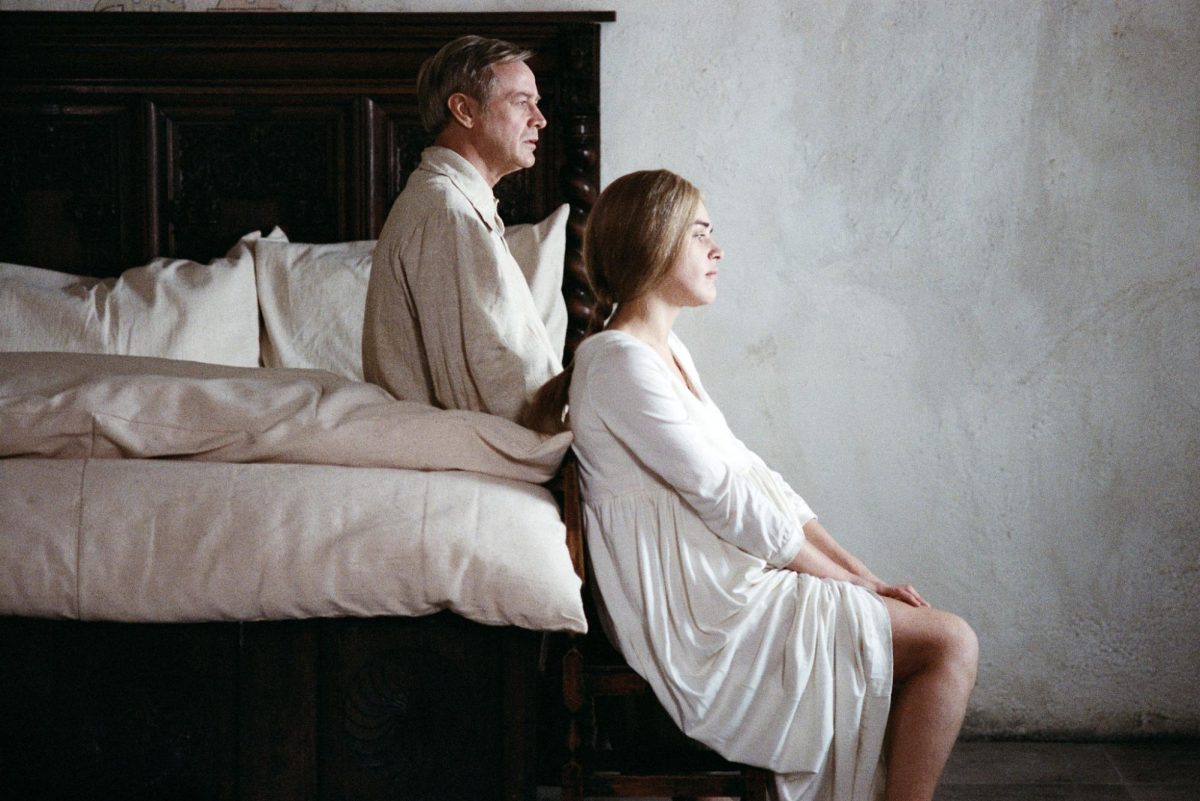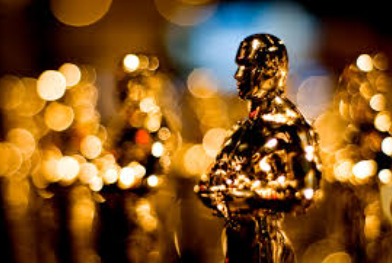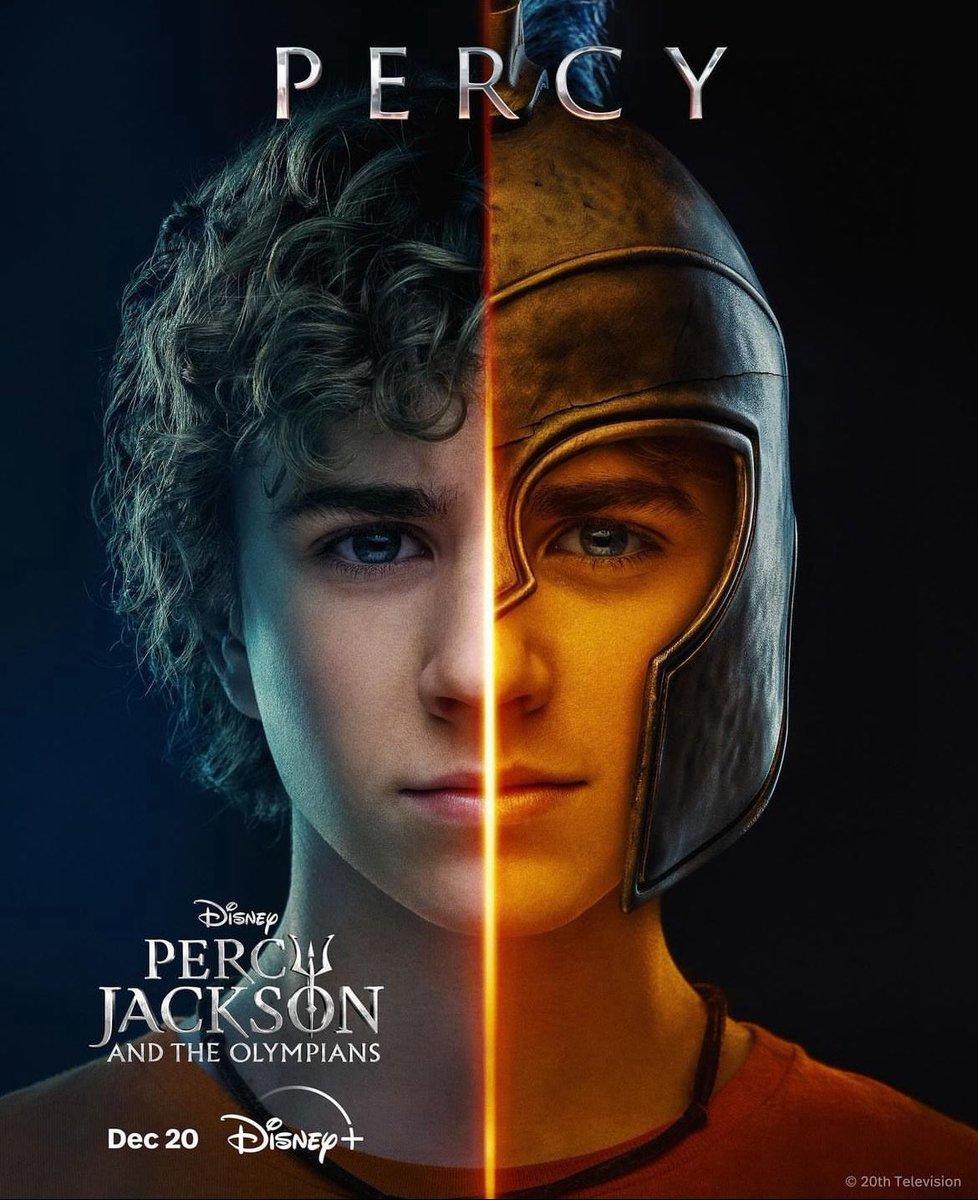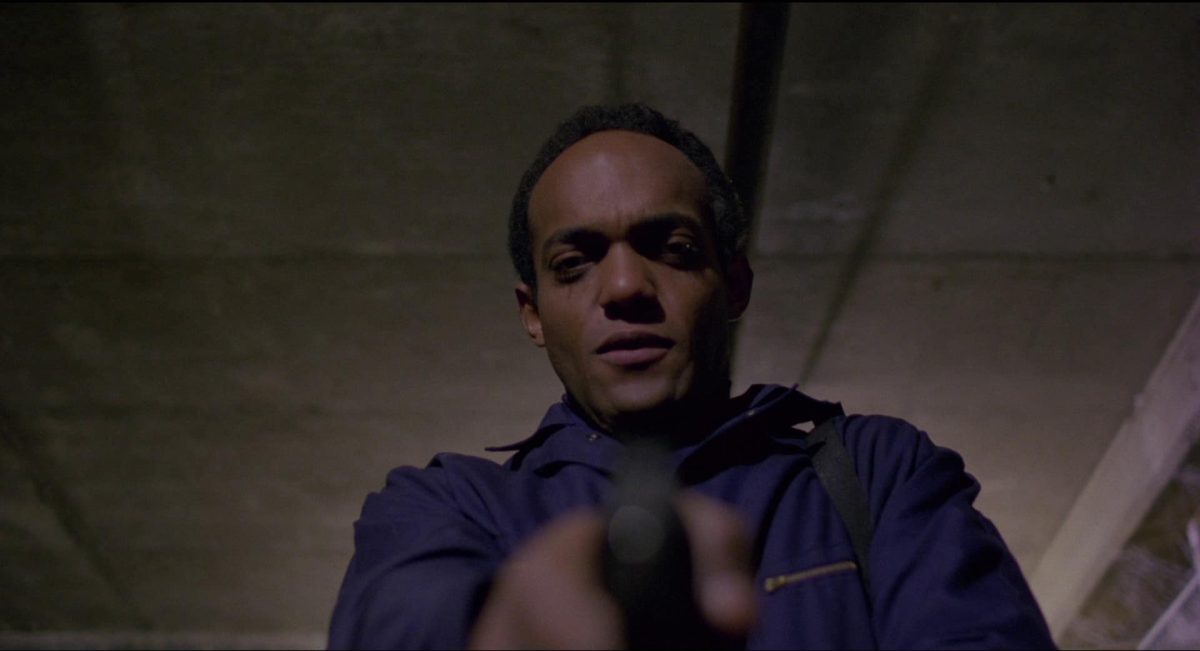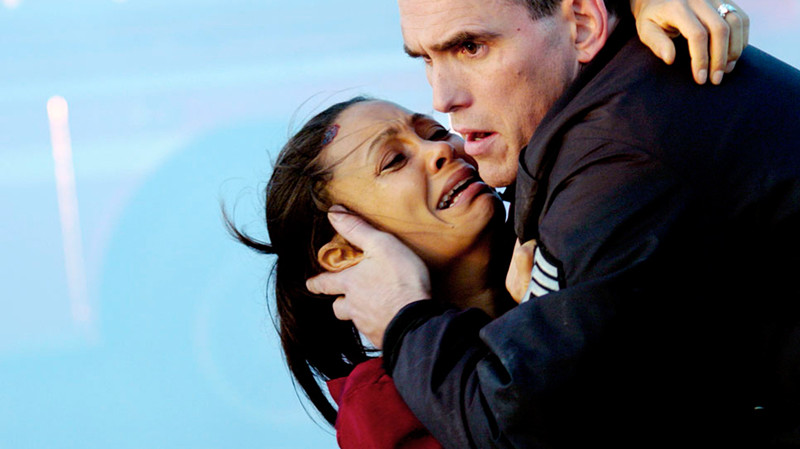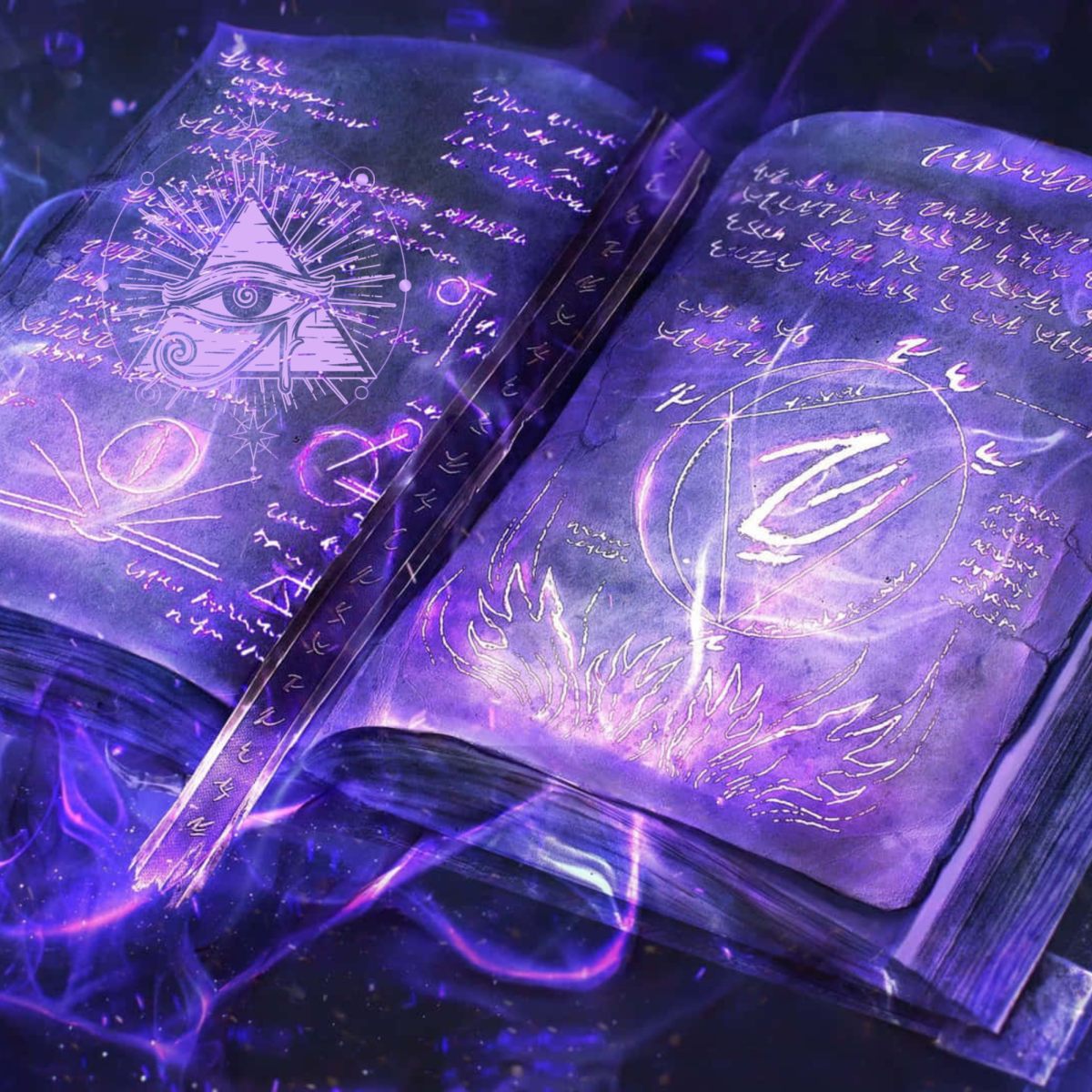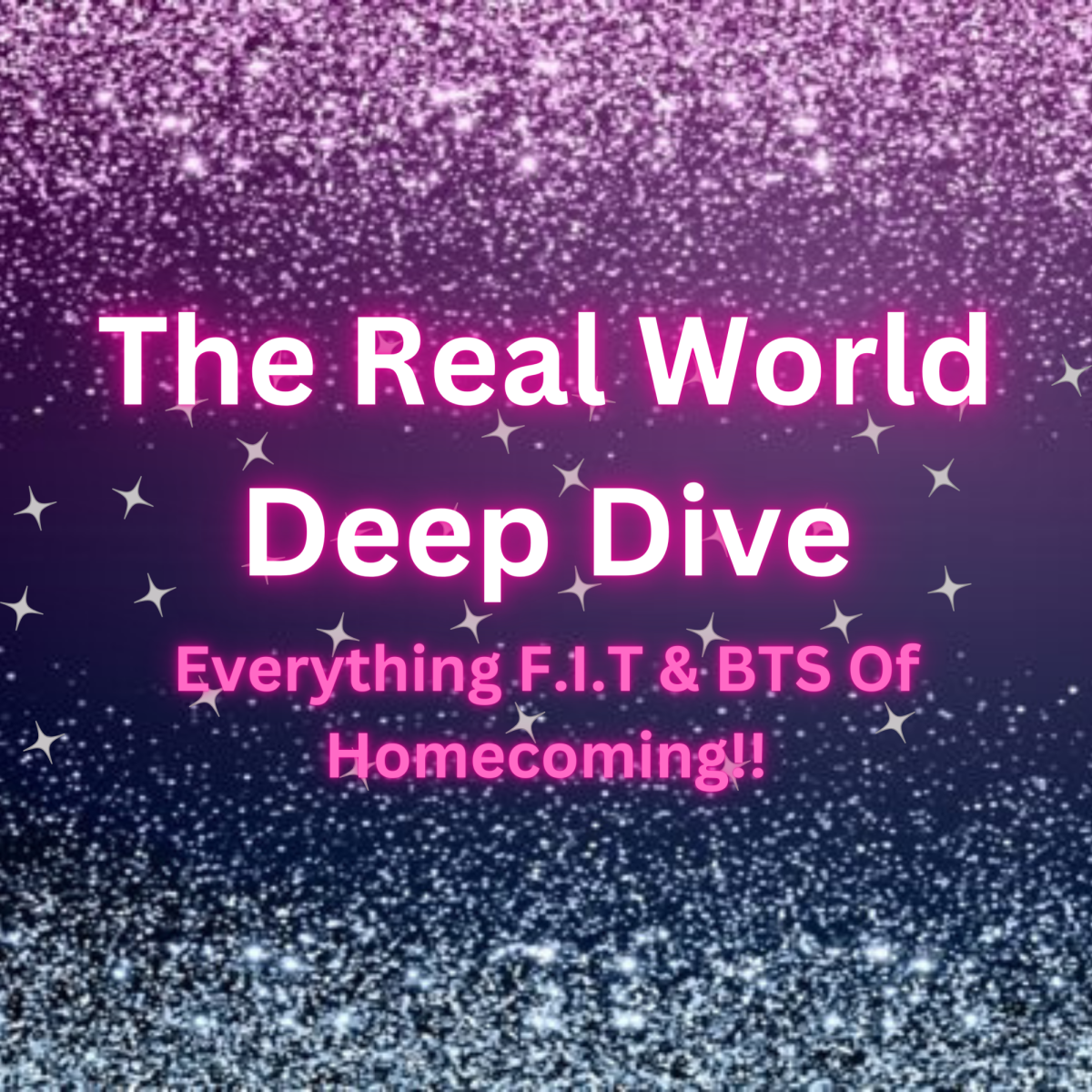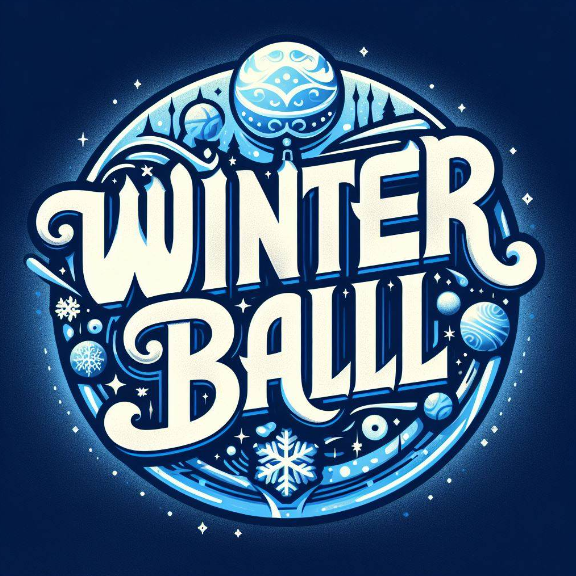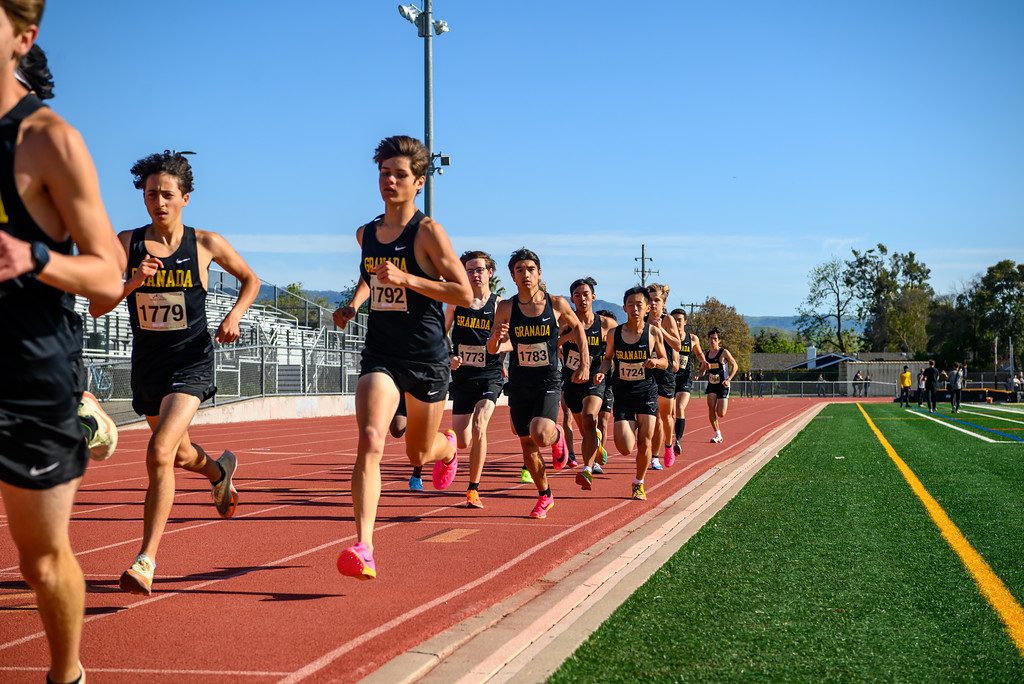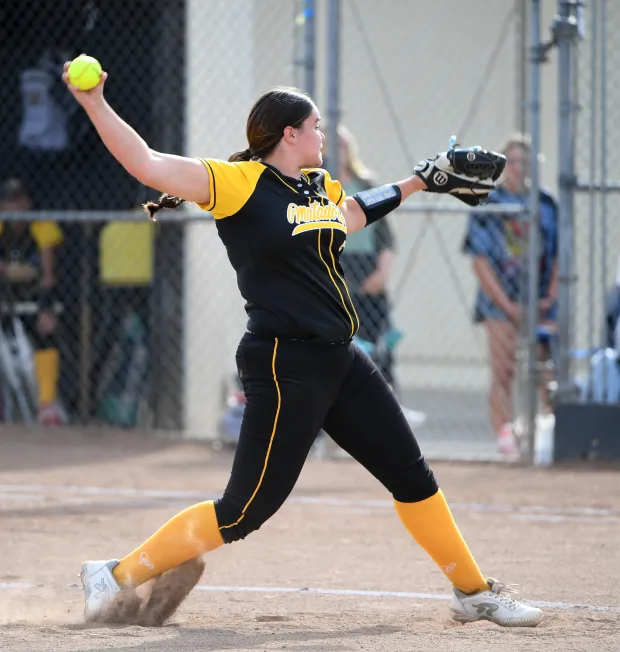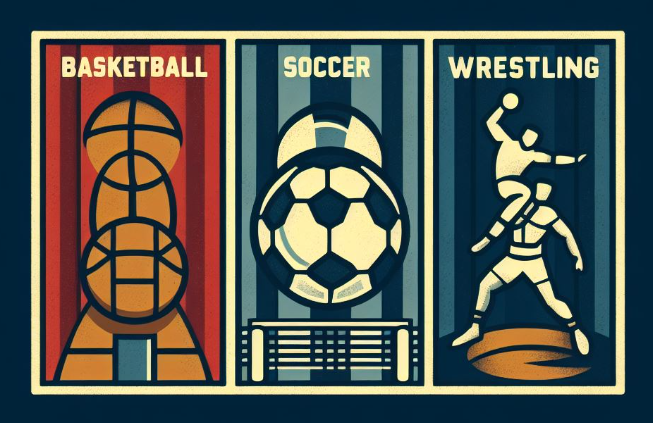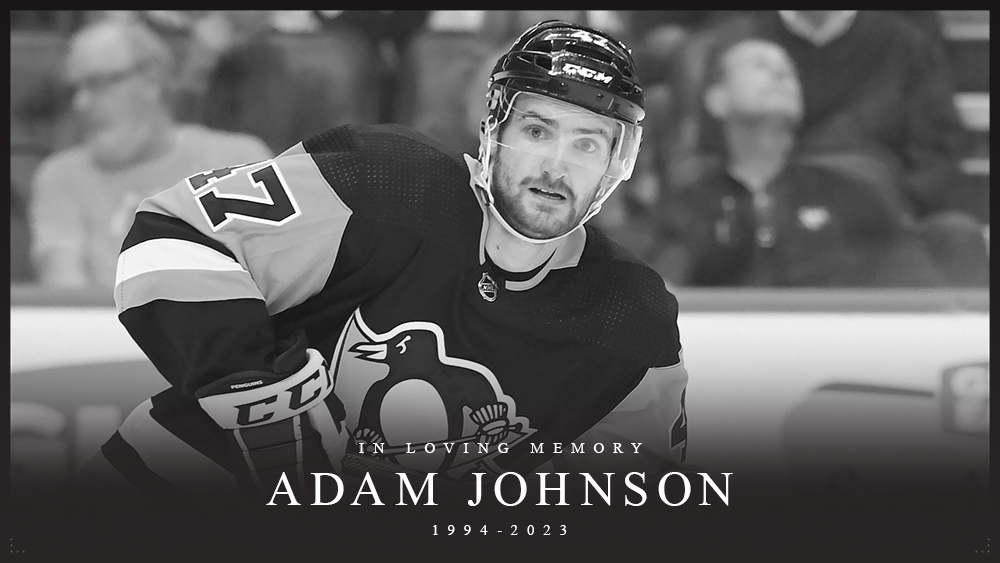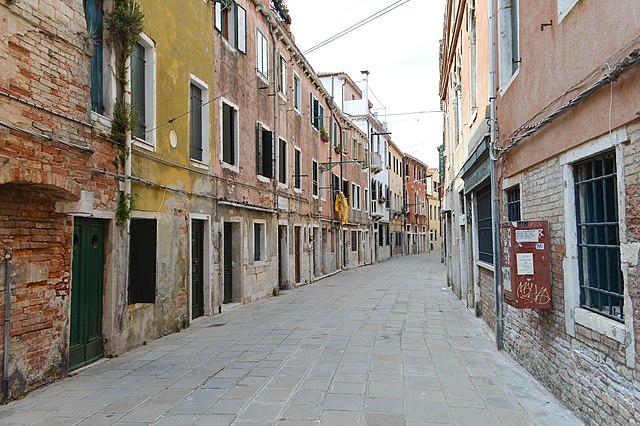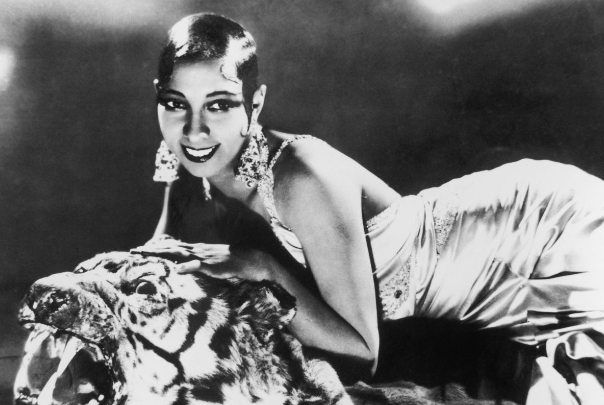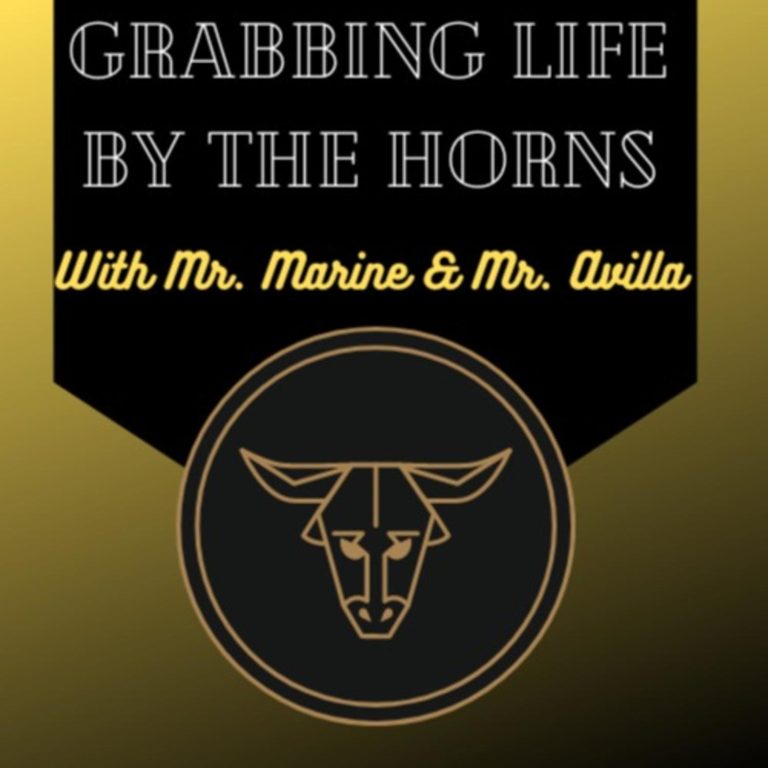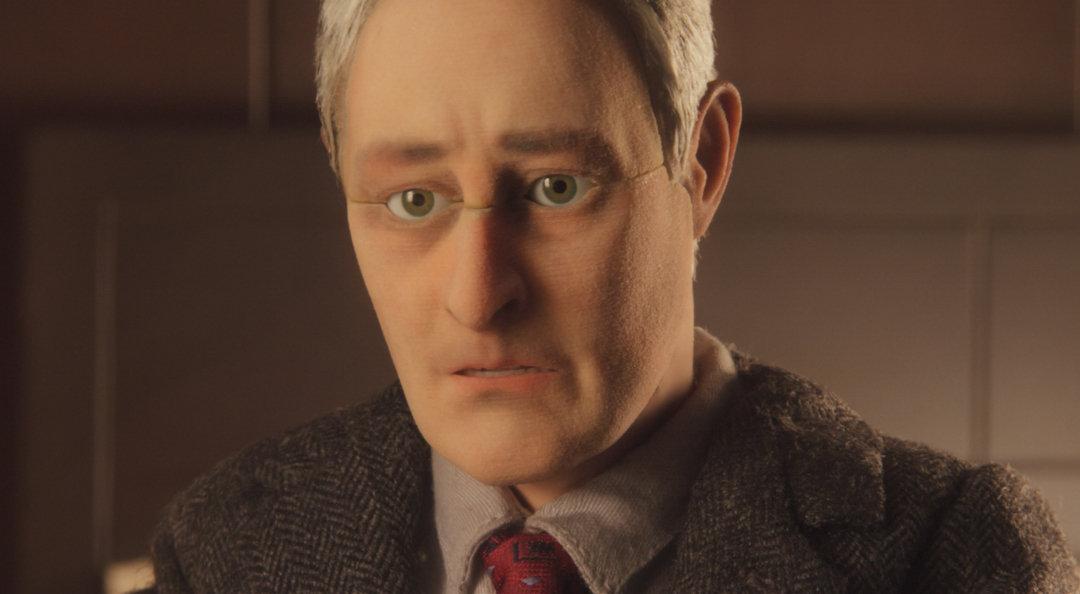“All these characters hold such a special place in our hearts because animated films make up some of our most formative movie experiences as kids.”
“So many kids watch these movies over and over and over and over and over and over and over.”
“I see some parents out there know exactly what we’re talking about here.”
These words, spoken by Lily James, Naomi Scott, and Halle Bailey at the 2022 Academy Awards before announcing the Best Animated Feature Film, make up one of the most embarrassing moments in a ceremony that has been going on for nearly a century.
Animation is not just for kids. Animation is not a genre. Animation needs to be respected. Here’s why.
So, what is animation?
Animation, like filmmaking, presents a series of images played in quick succession to create the illusion of movement. The only difference between it and live-action filmmaking is that the ladder uses “real” photography, while animation typically creates those images from the ground up, however, these lines are not always super clear. When considering stop motion films (photographing real objects to make them look independently, like The Nightmare Before Christmas), rotoscoped animation (photography traced over by artists to look like animation, like Undone or Waking Life), photorealistic live-action films (where CGI is created to look like real photography, like the many fully CGI characters in The Avengers films), and live-action animation hybrids (a mix of real photography and animation, like Who Framed Roger Rabbit), even this line isn’t so accurate.
If animation is only for kids, then so is the medium of cinema as a whole. Would you say that Schindler’s List, Goodfellas, or A Clockwork Orange are for kids?
Contrary to popular belief, animation is NOT a genre, it’s a medium. A genre connects work by similarities in subject matter, story, and mood. A medium is about how the work is created and presented to the audience.
In art criticism, there is this concept of form vs. content, both of which work to create one single piece of art. Form deals with the composition of a work, whereas content deals with the subject matter. The form of Hamlet is a play written in prose and verse — the content of Hamlet is the moody story of the Prince of Denmark exacting revenge against his uncle. Essentially, content is what the piece is saying, and form is how it’s saying it.
Animation is a form of storytelling that can be used to tell any story, with any tone, for any audience, regardless of the content of the story.
Calling animation a “kiddie thing” is like saying that music is only for children. In fact, given the medium in question, a more apt comparison would be calling oil painting a medium for kids, but not pastel art. Not only would you be subjecting children to some pretty disturbing and mature imagery, but you would also be writing off some truly complex and brilliant works of art for a benign, broad generalization.
The first part of that is what makes the “animation is for kids” rule incredibly strange and inaccurate. If all you need is proof that some animation is not “for kids” look no further than the longest-running scripted American primetime television series: The Simpsons, which has been providing biting and crass subversions of the American family unit since 1989. Not that The Simpsons is even the first adult animated project to exist, as there are adult-oriented shorts dating back to 1928. Ralph Bakshi has been making independent adult animated films for almost his entire career, producing four back-to-back adult animated films featuring constant profanity, hyper-violence, non-stop nudity, and unwaveringly political and cynical content. Rick and Morty, BoJack Horseman, South Park, Family Guy, The Midnight Gospel, Primal, Archer, Tuca and Bertie — if explicit content is all you need to understand that animation isn’t for kids, then it’s not hard to find.
But listing a bunch of animated series with material that is deemed “inappropriate” is one thing, and can be seen as an exception to the norm. This brings up the question of what makes something “adult” or “for kids”? Is it something for kids just because it lacks objectionable content? Are 2001: A Space Odyssey or The Straight Story “for kids” because it doesn’t have any violence, sex, or profanity?
There are a myriad of animated projects that, with or without explicit content, deal with mature subject matter in a way that is undoubtedly adult.
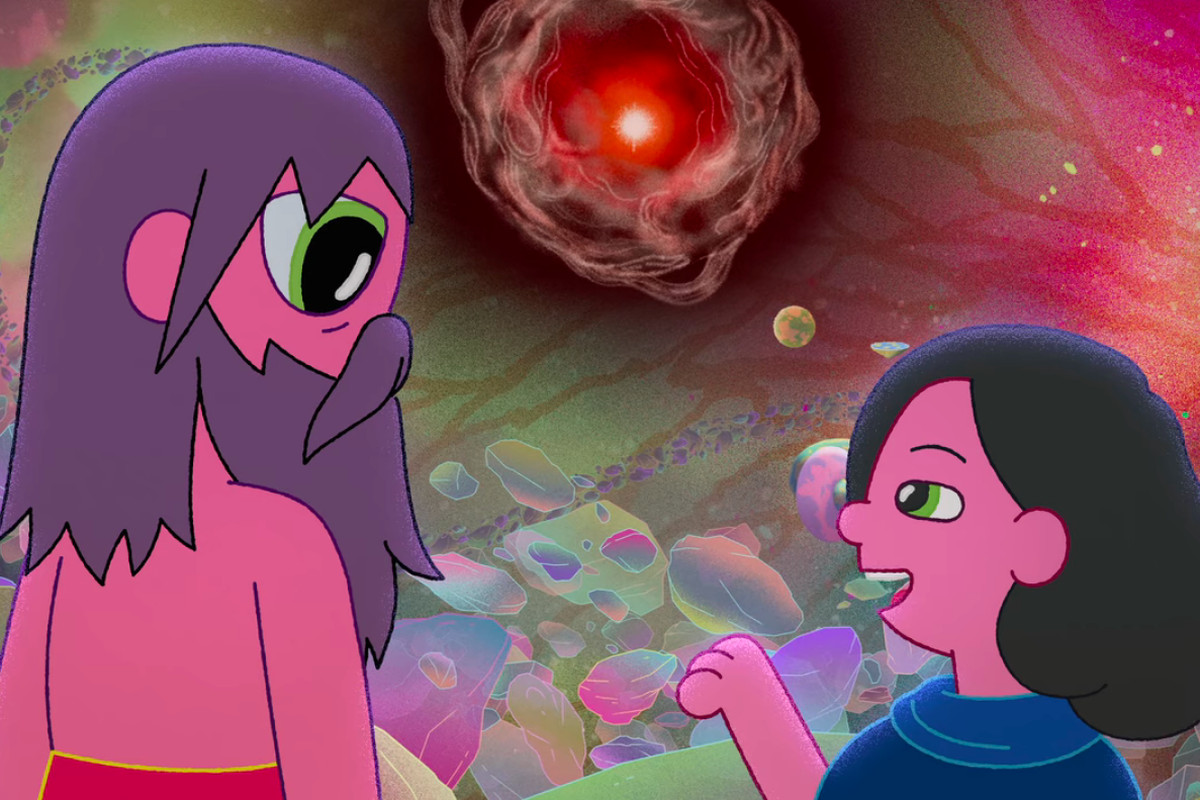
Oatmeal Maiden, Titmouse, Inc., and Netflix Animation. Dir. Pendleton Ward
Just one example of this is the acclaimed Netflix dramedy BoJack Horseman, which stays a relentlessly mature series, despite going episodes on end without featuring any objectionable content. Even when it’s not dealing with subjects like drug abuse and media objectification, the show is not for kids with the way it presents its themes. In the same vein, The Midnight Gospel deals with incredibly difficult topics in every episode, which while not necessarily inappropriate for children, isn’t interested in exploring its topics in ways that will connect with them. The talks of the American institutionalized view of death, spirituality through adversity, value vs attachment, meditation, and acceptance of death aren’t necessarily adult due to any explicit content, but because it makes no effort to make these topics more digestible to children. It is an adult show, even without the gore, swearing, and nudity.
The notion that animation is for kids is closely followed by the idea that this makes it inherently not worth your time or appreciation, which could not be further from the truth.
Even animation that is made to be digestible for children is worth appreciating as an art form. Studio Ghibli in particular has been producing films for all ages pretty consistently since the 80s. Films such as The Iron Giant can connect with children for the wish fulfillment and action, and connect with adults for the commentary on the Cold War, humanity, and the anti-war message, while both being able to enjoy the comedy, animation, and heartfelt message. The Nightmare Before Christmas is another example of a film that has enchanted audiences of all ages because of its never-ending stream of creativity, wonder, and great songs.
If you are reading this and still feel that animation is “for kids”, I have 3 works of art which I believe, if experienced with an open mind, at least one will change your mind.
1. Primal Season One

Cartoon Network Studios, Williams Street, and Adult Swim. Dir. Genndy Tartakovsky
The first 10 episodes of Genndy Tartakovsky’s Primal is one of the greatest pieces of art to come out in the past few years. If Genndy Tartakovsky didn’t prove he was one of the best visual storytellers of our time with Samurai Jack, he upped the ante with Primal, a fantastic adult animated series with no dialogue. In 5 hours, the season manages to be more mature, emotional, beautiful, and shocking than almost everything else I’ve seen in the last few years.
The series presents a great pre-history stew where very early human civilizations, dinosaurs, and Ice Age animals coexist and clash. The series is also one of the most violent programs I’ve seen on network television. Following an unlikely friendship between a male Neanderthal and a female Tyrannosaurus, the series takes many twists and turns which I will avoid spoiling here. The gorgeous animation and fantastic visual storytelling run circles around most other series, and it does it with just grunts and screams.
2. Anomalisa
The second project is Charlie Kaufman’s acclaimed existential stop-motion animated dramedy Anomalisa, which could not be further from a kid’s movie if you tried. Not just because of its infamous and uncomfortably grounded scenes featuring adult content, but also because of the thematically rich and mature way the film explores loneliness and depression. The film also could not have been told using any other medium, as it uses the inherent artificiality of puppets to convey a sense of isolation and surrealism to the whole experience, which is bound to disorient most viewers at first, but will come full circle at the end of the films slim 90 minute running time.
To elaborate would be to spoil a deeply human, beautiful film. This is the first and so far only R-rated feature to be nominated for an Academy Award for Best Animated Feature, and received the Grand Jury Prize at the Venice Film Festival in 2015 (of which either one or two films receive each year) and is the only animated film to do so.
3. Grave of the Fireflies
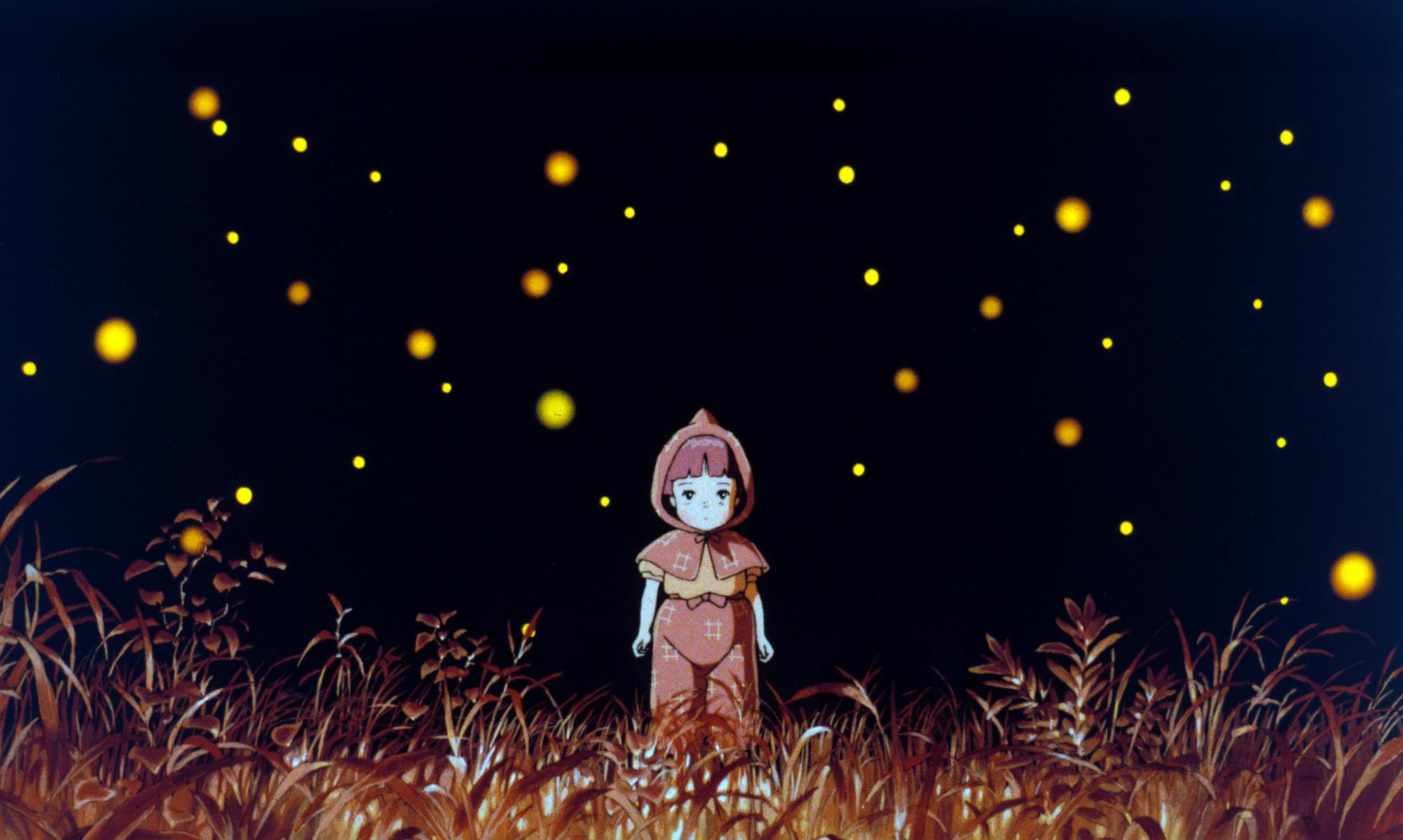
Studio Ghibli and Shinchosha. Dir. Isao Takahata
Finally, the war drama Grave of the Fireflies proves that animation that can be digestible for kids can still be appreciated even more from a grown-up perspective. The film, while lacking any adult content, is one of the most mature, heartbreaking stories to ever come out of film. Directed by Isao Takahata, based on Akiyuki Nosaka’s semi-autobiographical short story, the film depicts two siblings struggling for survival in Kobe, Japan during the final months of World War 2. One of the greatest war films of all time, Grave of the Fireflies is not interested in any of the nitty-gritty spectacle of nations clashing, but is instead a simple, personal, beautiful story about how war affects people. The universally acclaimed film, which topped USA Today’s 100 Greatest Animated Movies of All Time List, was described by Film Critic Roger Ebert as “an emotional experience so powerful that it forces a rethinking of animation… This film proves, if it needs proving, that animation produces emotional effects not by reproducing reality, but by heightening and simplifying it so that many of the sequences are about ideas, not experiences.” He closed out his review by saying “Yes, it’s a cartoon, and the kids have eyes like saucers, but it belongs on any list of the greatest war films ever made.”
In the end, the question is not if you’re too good for animation. It’s if animation is too good for you.
And if you’re determined to prove that statement wrong, then I encourage you to check out the three projects above, and any other animated work of art, and have your mind changed.



